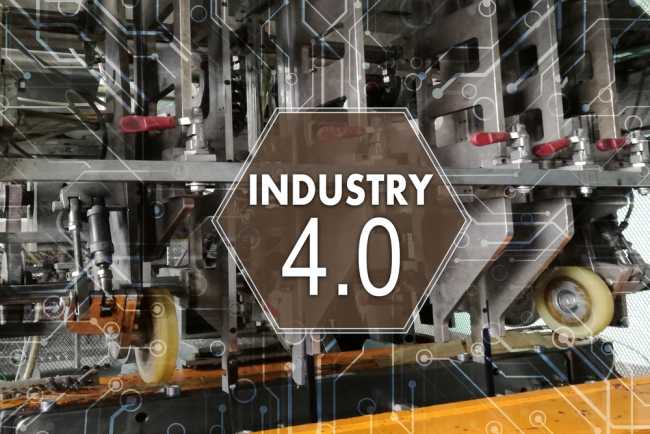I, Industrial IoT
In 1958 Leonard E. Read wrote an essay that was to become one of the most famous – and eloquent – treatments of free market economics. Written somewhat jovially from the first-person perspective of an inanimate carbon(-filled) rod, that essay was I, Pencil. If you haven’t read it then I would urge you to or download a podcast later. It’s entertaining, informative and, like all great art, has survived the test of time.
Whatever you may think of its driving support for the invisible hand, the key observation underpinning the work remains profound and instructive: that no single person or company possesses the complete set of skills or knowhow to make anything even so simple as a humble pencil. 300 years ago it took forestry of wood and mining of graphite to make the world’s first pencil; and later we added milling, adhesives, paint, assembly, and automation techniques developed in the Industrial Revolution to scale production of pencils as cheaply as we buy them today (or even as cheaply as we could have bought them in 1958!).
Some say it takes a village to raise a child. I, Pencil tells us it takes an entire connected ecosystem to make a pencil.
And so it is with connected infrastructure and Industrial IoT…to the power of 10. To keep things running it takes team work and collaboration from many actors in the supply chain to enable the right person to perform the right action at the right time. First to create an IoT ‘Thing’, and thereafter to keep it safe, secure, and maintained for its whole service life.
Artificial Intelligence, Machine Learning and automation are exciting; data-driven economies are seductive; greener, more efficient industry is vital; but they don’t work without trust in the data and devices they’re driven by. They don’t work if industries can’t safely and confidently share devices, software, and data. They don’t work if the overheads of communication and collaboration are too high. And they don’t work if they can’t prove a level of safety and compliance that meets our high public standards.
Now imagine replacing the protagonist of I, Pencil with a networked Industrial IoT machine. By virtue of its internet connectivity it will be affected by cybersecurity issues. Specialist researchers find those issues; software providers fix them with patches; systems integrators and safety authorities sign off on new versions; and the maintenance crews schedule a safe window of downtime to upgrade systems. And all the while any application or AI using the data from that device or its Digital Twin needs to know the status of the device in order to know how much trust it can place in the data it’s acting on. Those are a lot of specialities that need to interact, and they need to do it fast.
I, Pencil leaves us with a parting thought and imperative: the world works best when everyone works together: “merely organize society to act in harmony with this lesson”.
This 60-year-old lesson on a 300-year-old industry strikes at the heart of our increasing reliance on a digitally networked way of life for now and our future. “I, Industrial IoT” is still in draft but with collaborative Distributed Ledger Technology having a built-in ‘trust but verify’ philosophy, all the team players in the fourth Industrial Revolution (Industry 4.0) can act in harmony to #movefastandfixthings.
Footnote: if you want to see what happens when someone tries to go it alone and create a device from scratch, look no further than Thomas Thwaites’ The Toaster Project.
More resources on Industrial IoT on our website here.
![]() This article was written by Jon Geater, the CTO and Co-Founder of Jitsuin and originally it was published here. Jon applies his expertise in cryptography, cybersecurity and blockchains to challenging issues in the Internet of Things. Jon has held senior global technical roles at Thales e-Security, Trustonic, ARM and nCipher where he built chip-to-cloud solutions for mobile, IoT, payments and smart cities while managing large global teams, integrating acquisitions and driving corporate strategy. Jon leads open standards at board committee level having served GlobalPlatform, Trusted Computing Group, OASIS and currently Hyperledger.
This article was written by Jon Geater, the CTO and Co-Founder of Jitsuin and originally it was published here. Jon applies his expertise in cryptography, cybersecurity and blockchains to challenging issues in the Internet of Things. Jon has held senior global technical roles at Thales e-Security, Trustonic, ARM and nCipher where he built chip-to-cloud solutions for mobile, IoT, payments and smart cities while managing large global teams, integrating acquisitions and driving corporate strategy. Jon leads open standards at board committee level having served GlobalPlatform, Trusted Computing Group, OASIS and currently Hyperledger.
